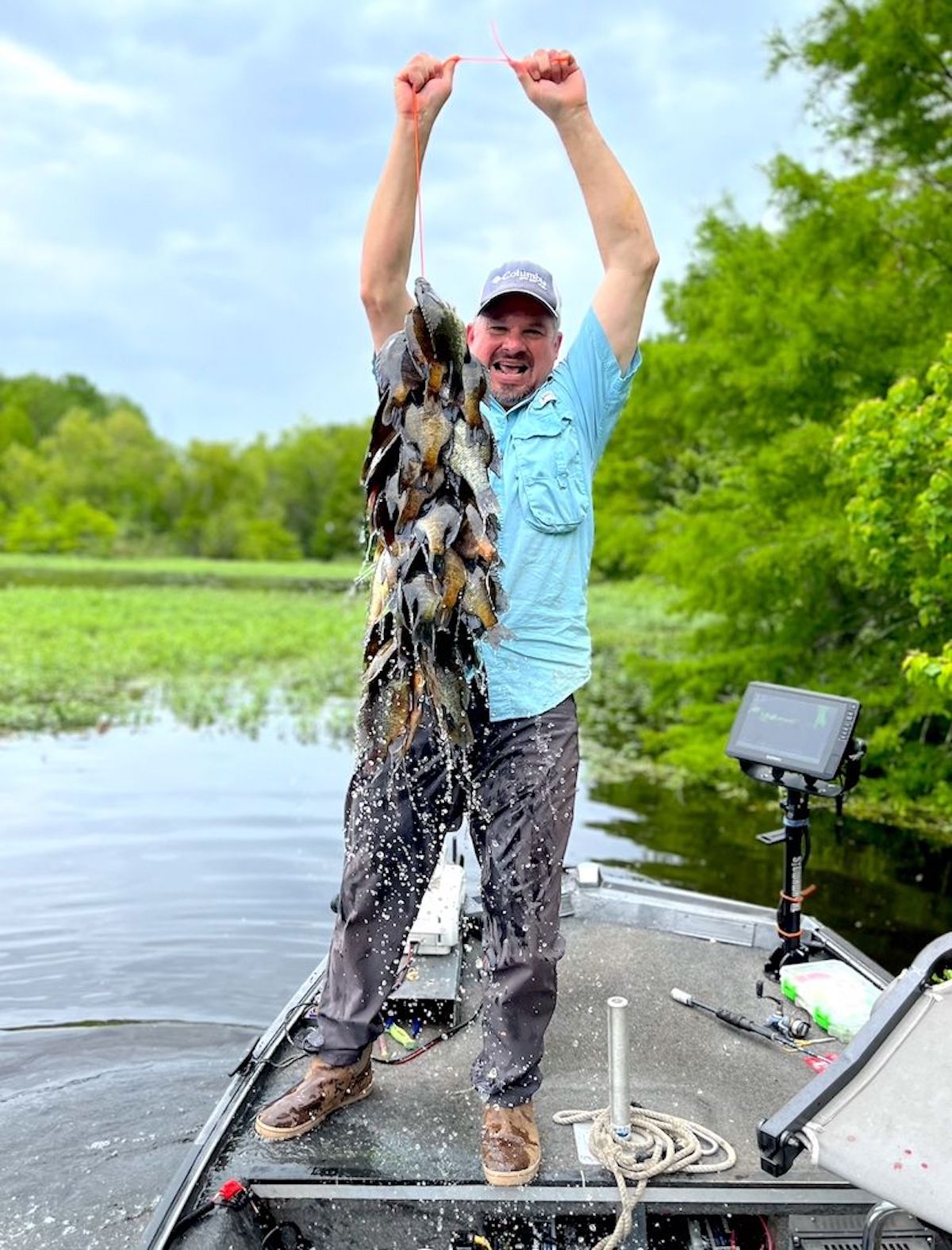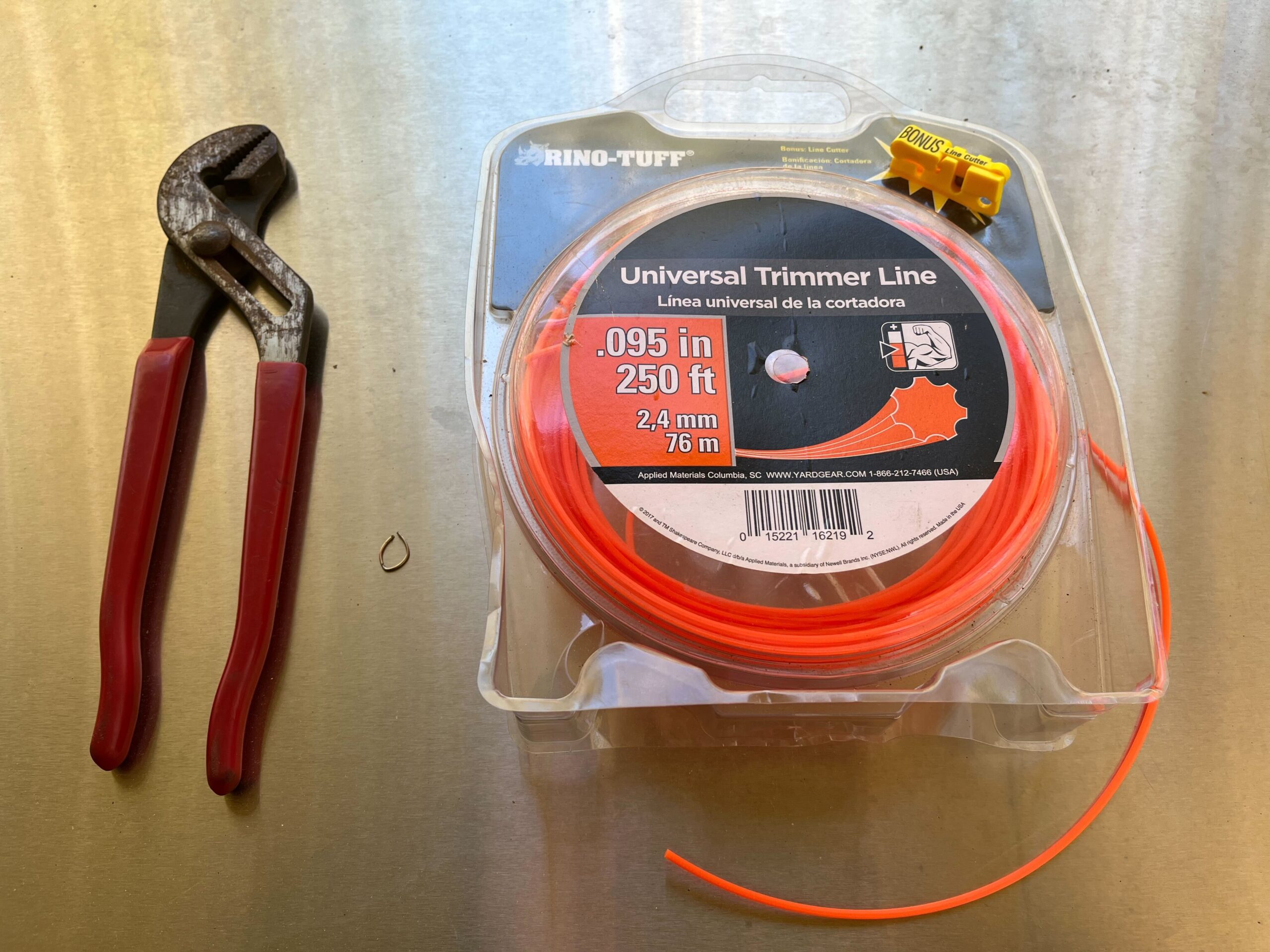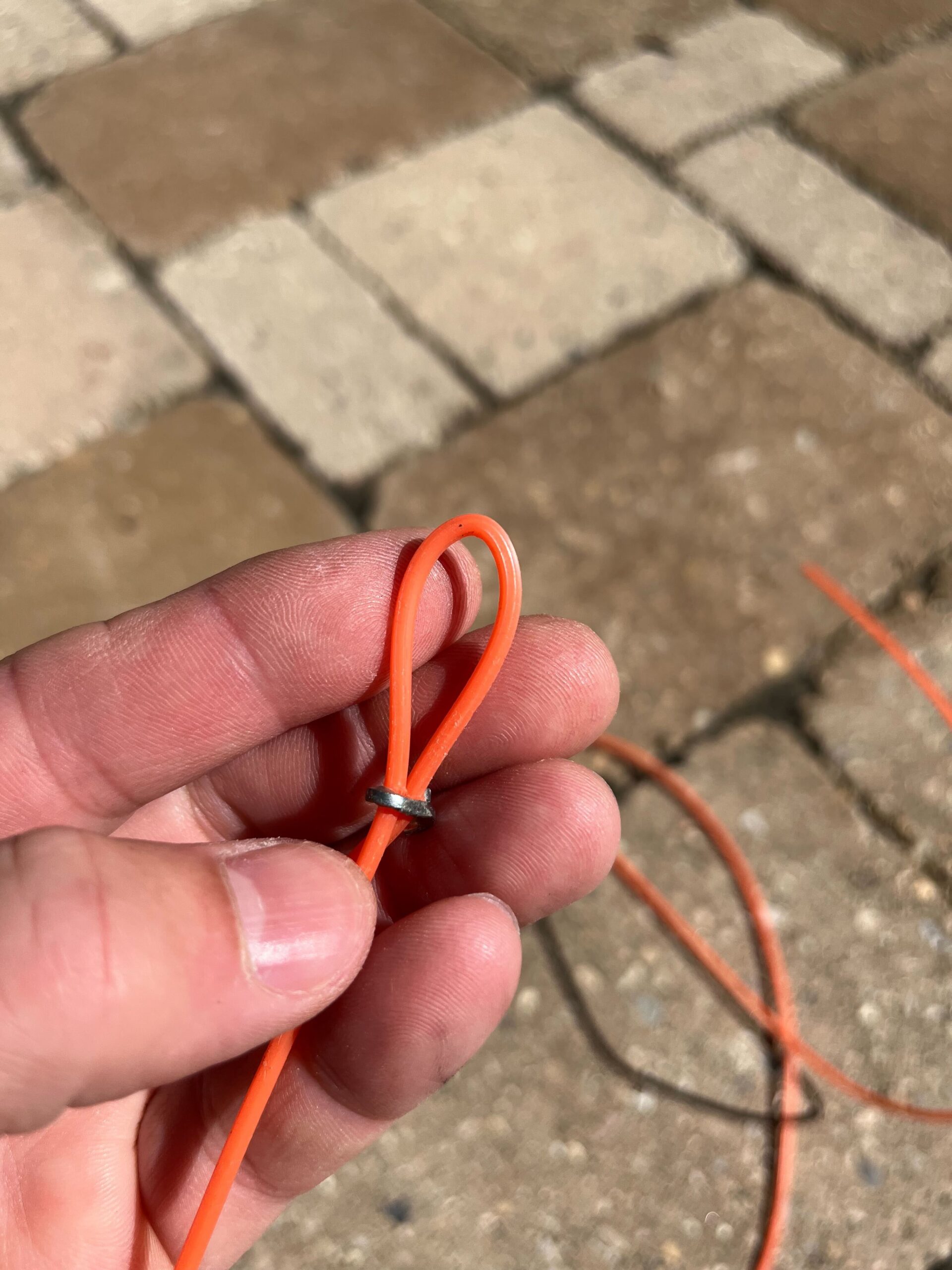How To Make a Fish Stringer Out of Weed Eater Line
Keith Lusher 02.19.25

For less than five bucks, you can make a fishing stringer that works better than those expensive metal ones at the tackle shop. I’m talking about a homemade stringer that’s virtually indestructible, never tangles, and fits right in your pocket. The secret? A simple piece of weed eater line.
About five years ago, I was in a rush to meet a friend for a bream fishing trip. At that time. I only owned one stringer. It was one of those stainless steel ones with the clips. After rummaging around the garage looking for it, I decided to give up and grab the next best thing. I grabbed a piece of weed eater line from my garage. Turns out, that random piece of material worked better than any store-bought stringer I’d ever used. And at the end of the day, that single piece of line ended up holding 46 bream with no problem.

What makes Weed Eater line such a perfect stringer is its simplicity. The line naturally coils up small enough to fit in your pocket, and you practically can’t break it no matter how hard you try. Unlike traditional stringers, there are no tangles to deal with, and if you somehow manage to lose it, replacements are cheap and easy to find. You can even make several and stash them in different spots – your tackle box, fishing vest, or anywhere else you might need one.

The supplies you need are pretty basic. Just grab some round weed eater line (avoid the star-shaped kind since it’ll cut your hands), a pair of pliers, and a crimp from any hardware store. The process couldn’t be simpler: cut about 5 feet of line, make a small loop at one end about the size of a quarter, and crimp it down tight with your pliers. That’s literally all there is to it.
 Using your new stringer is straightforward. After you catch a fish, run the line through its gills and out its mouth. Then thread the long end through that loop you made. Each fish after that goes on the same way, and they’ll all stay put. The design is so simple it’s almost foolproof.
Using your new stringer is straightforward. After you catch a fish, run the line through its gills and out its mouth. Then thread the long end through that loop you made. Each fish after that goes on the same way, and they’ll all stay put. The design is so simple it’s almost foolproof.
I’ve learned a few things from using these stringers over the years. If you’re planning to catch big catfish, go with thicker line – though I’ve yet to have any size line break on me. Keep a few spares in your tackle box just in case, though you probably won’t need them since one piece will last you years. The line actually gets more flexible after a few uses, making it even easier to work with.
I know this might sound too simple to work, but give it a shot. I haven’t touched my old stringers since figuring this out. It’s one of those tricks that just makes fishing easier, not to mention you’ll save a few bucks. Plus, the collapsibility makes it easy to store whether you tuck it into your tackle bag or even in your pocket. Just pull it out when you need it, and you’re good to go.
Next time you’re at the hardware store, grab some weed eater line and try this out. Sometimes the simplest solutions work the best.

